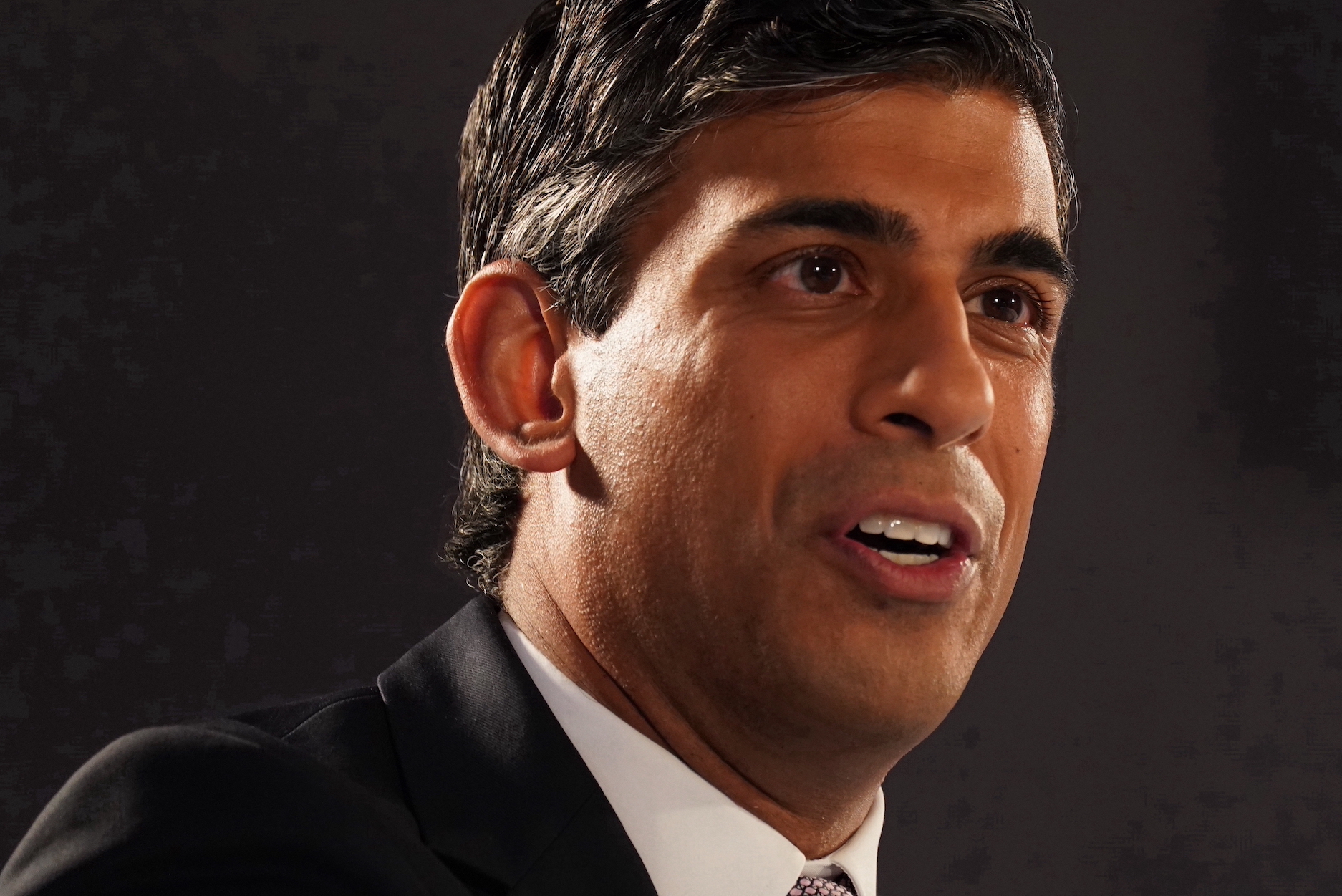Cabinet reshuffles, especially those conducted early in a prime minister’s tenure, are typically about ambitious agenda-setting, clearing out the clutter of previous administrations and stating the ideological intent of the new government. After a prime minister’s first reshuffle, the general political trajectory — both of the government and their party — has been known to take on a predestined quality. Broadsheet soothsayers waste no time picking apart the personnel swapping and departmental rewiring, as the foundations are laid for another phase of government.
But as the dust settles on the Rishuffle of Tuesday morning, commentators can’t quite agree on what it all means. The Times thinks the switch-up is an “important signal” that Sunak has the “right priorities”; The Guardian, on the other hand, regrets the return of an “ideologically driven austerity agenda”; and The Independent’s John Rentoul reckons the Rishuffle has completed “sufficient admin to prepare for a Labour government”. Hardly an outbreak of steamrollering consensus in SWI.
As for details of the reshuffle, the appointment of former trade minister Greg Hands as the new Conservative Party chairman is probably the least interesting aspect. Far more consequential was the fate of BEIS, with the newly departed department sliced up and apportioned among highly rated minsters Grant Shapps, Michelle Donelan and Kemi Badenoch.
But the fact that observers can’t agree on the nature and meaning of Sunak’s shakeup is telling. Rather than a grand vision for the next 18 months of Sunakian rule, we are left wondering where Whitehall goes next as an election draws nearer. The thoughtful break-up of BEIS is pertinently belied by timidity in other areas, including over the appointment of Lee Anderson as vice-chair, in what looks like an attempt to scalp the “Bring Back Boris” brigade.


In the end, it is rare for a reshuffle to be so roundly inoffensive. Apart from the obvious candidate in Zahawi, there were no real casualties, no individual irked by a demotion. Factions were flattered and antagonists appeased. All involved were either ushered sideways to an equivalent brief, or vaulted upwards such as Anderson and the new secretary of state for culture, Lucy Frazer. Everyone’s a winner when Sunak comes calling.
It is curious, for cabinet shake-ups are almost automatically about prime ministerial power and intent. As posts are apportioned to suit a central vision, reshuffles remind MPs that department fiefdoms can be deconstructed and that it is the prime minister who is primus inter pares — with an emphasis on the primus. One wonders want Michael Gove’s reported refusal to move from the levelling up brief says about this constitutional truism.
Of course, you can see what Sunak was getting at with the new changes. The department for energy and net zero, led by Grant Shapps, reverses a Johnson-era decision to scrap the standalone energy ministry — a move looked upon dimly in light of Russia’s invasion of Ukraine. The addition of the net zero brief then builds on the work of climate tsar Chris Skidmore, who warned in a recent report that Britain risks falling behind on its environmental commitments.
Moreover, the creation of a department of science, innovation and technology, which will be headed by Michelle Donelan, hints cautiously at vision. Rishi Sunak has on many occasions discussed his determination to put technology at the heart of Britain’s growth agenda, turning Britain into “the next Silicon Valley”.
Beyond these headline creations, however, the new-look cabinet suggests little in the way of supreme Sunakian purpose. Longtime loyalists, in John Glen, Victoria Atkins and Oliver Dowden, who might have expected promotions in Sunak’s second ministry have stayed put. And as for new Sunak-patronised talent, there is only one appointee who is yet to hold a government post — namely Ruth Edwards, who joins the whips office. The lack of new blood potentially creates the image of a tired, fatigued party.
But even without expending political capital on high-profile demotions and eye-catching promotions, Sunak’s rejig still limits future room for manoeuvre. Indeed, having undertaken to reshuffle his cabinet at this juncture, we probably cannot expect another shake-up for some time yet — lest Sunak be seen as indecisive and equivocating. And if Greg Hands’ Tuesday afternoon email to his party membership is to be believed, British politics is 18 months out from a general election.
It all begs the question: will there be a more timely opportunity for an ambitious shake-up of government, where new talent can be bloodied and momentum seized? As things stand, it’s difficult to see where such a reshuffle fits in down the line.
But behind this lies a potentially more fatalistic truth: for Sunak is currently not well enough positioned in his party to conduct wholesale changes. The appointment of serial controversialist Lee Anderson as party vice-chair, who recently compared the government to the “band on the Titanic”, risks coming across as seriously reactive. It comes because Sunak calculates that throwing red meat to the red wall may quiet “bring back Boris” whispers. But appeasement may only leave recalcitrant MPs baying for more.
Perhaps the biggest winner of this reshuffle is Labour’s climate spokesperson Ed Miliband, who has for so long been a shadow cabinet minister without anyone to shadow. Now he will joust with Grant Shapps in the commons — one wonders whether Starmer will be happy about Miliband’s improved airtime.
But for Sunak, the real problem with reshuffle is there are no losers. The departmental changes are roundly inoffensive and personnel switch-ups timid. Miliband is but one of many left smiling at the end of play. Viewed in full, the recent Rishuffle underlines the constraints on the prime minister, applied by his own party, as he ambulates the 18-month-long road to a general election.

